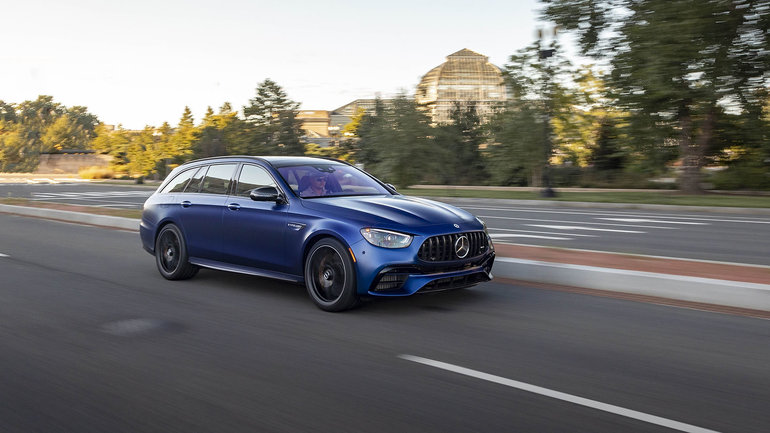4MATIC vs 4MATIC +: a world of subtleties
December 11 2020,

At Mercedes-Benz, the all-wheel drive system is called 4MATIC. However, because every vehicle of the brand is different, so is the configuration of the system. A front-wheel-drive compact is not served in the same way as a racy AMG sports car, which is basically a rear-wheel drive vehicle.
Let's take a look at how the traditional 4MATIC approach differs from the 4MATIC + approach reserved for AMG sports cars.
"Regular" 4MATIC
The "regular" 4MATIC approach that serves most of the brand's vehicles can take many different forms. For example, with a front-wheel drive model, there will be a variable mode, i.e., 50% of the torque will be sent to the rear wheels when needed.
With most models, like the C 300, the front-to-rear split is constant at 50/50, which means that all four wheels are continuously engaged, and your ride is always lively everywhere. If it slips at the front, the power is transferred at the back and vice versa.
In some cases, there is a fully variable system that will be able to send 100% of the torque to one of the axles. This is the case with the GLE and GLS SUVs.
4MATIC +
With the 4MATIC systems found on AMG models, the tuning is also designed for performance. The permanent system, for example, distributes 69% of the torque to the rear for a sportier ride.
With the 4MATIC + version, all parameters are pushed upwards to maximize performance. Here, 100% of the torque can be sent to the rear and the system is so flexible that distribution is surgically precise where traction is required. With the AMG E-Class, it is even possible to disengage the front axle, so that you can enjoy real propulsion on dry pavement.
All in all, the 4MATIC + system is based on the AMG formula, which means that it offers more and more, allowing the driver to push not only the car's limits, but also his own.





